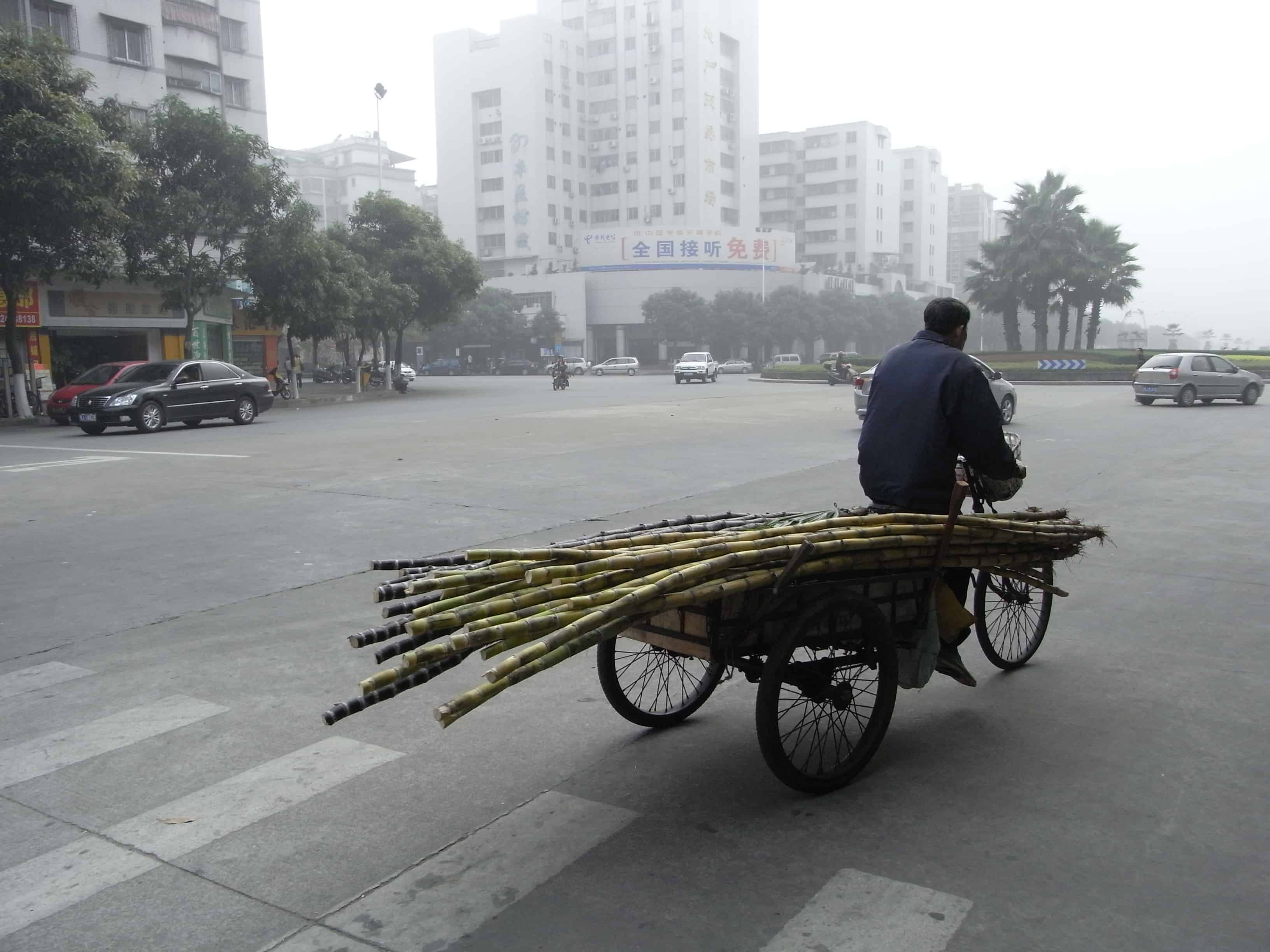The Chinese economy could be ceding its demographic dividend more rapidly than expected as birthrates continue to decline and the country’s urban migrants return home in greater numbers.
The “China Migrant Population Development Report” (中国流动人口发展报告) released by China’s National Health Commission points to a high level of correlation between urban migration and urban capital accumulation.
According to the report every one percentage point increase in China’s urban migrant population as a share of the total population translates into a 1 – 2.3 percentage point increase in real urban GDP and per capita GDP over the subsequent 5 – 10 year period.
The report claims that without internal migration China GDP would have only reached 44.8 trillion yuan in 2016, as opposed to the official reading of 74.4 trillion yuan.
China’s urban migrant population began to decline in scale in 2015 however, falling by 6 million compared to the previous year to 247 million.
In 2016 China’s urban migrant population further declined by 1.71 million, while in 2017 it fell by 820,000 to around 245 million.
Experts say one of the chief reasons for the decline in China’s urban migrant population lies in its increasing age, with older people more inclined to return home and remain there.
In 2017 22.8% of China’s 245 million urban migrant population was aged over 45.
“Urban migrants who are older are more inclined towards a stable life,” said Li Jianmin (李建民), a professor at Nankai University’s demographic and development research institute to Yicai. “If they are unable to settle in the cities, then they are likely to return home.
“Older urban migrants are also less competitive on the labour market, and if they are unable to obtain satisfactory work will return home to work. At the same time older urban migrants see a more rapid deterioration in their physical health, and this makes them more likely to choose to return home.”
In addition to a shrinking urban migrant population China’s birth rates have continued to dwindle. despite Beijing’s recent decision to rescind the one child policy.
China saw 17.23 million births in 2017 as compared to 17.86 million in 2016, while domestic experts expect the 2018 reading to fall to as low as 15 million, before stabilising at around 13 million per annum in future.
Di Zhenwu (翟振武), a demographics expert from Renmin University, nonetheless believes that China’s demographic dividend can continue because nearly 30% of the labour force is employed in the primary sector, as compared to an average of around 3.2% for high-income countries.
“As income levels increase, Chinese labour still has immense potential to shift to the non-agricultural sector, and could reach over 200 million.
“The population’s shift from the agricultural sector to manufacturing and the services sector is of benefit to optimisation of the industrial structure, expediting upgrade in the industrial structure, and thus of benefit to unleashing a demographic dividend.”





Love the new look…congrats!
Keep up the great work.